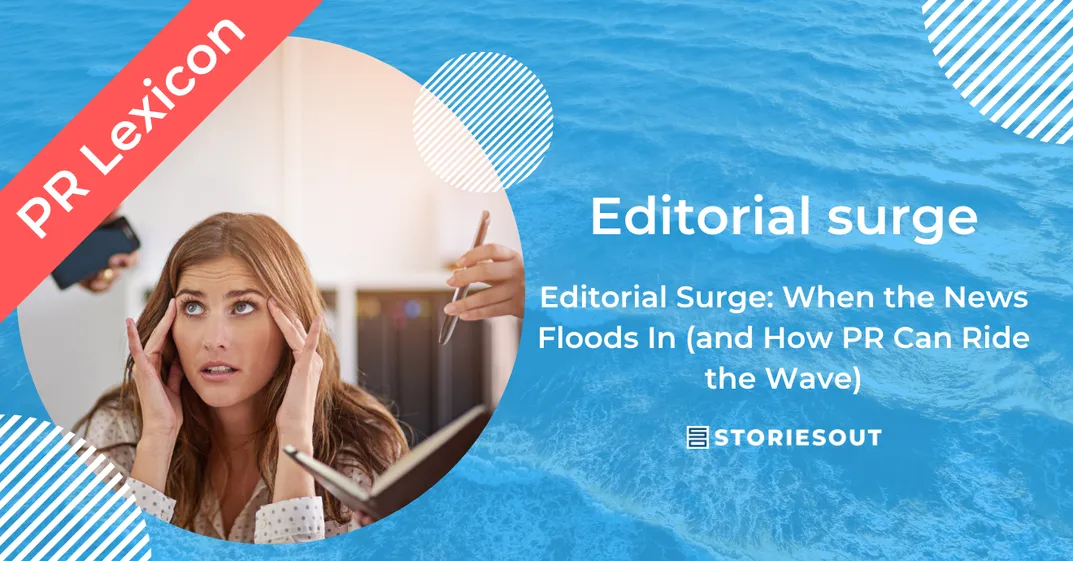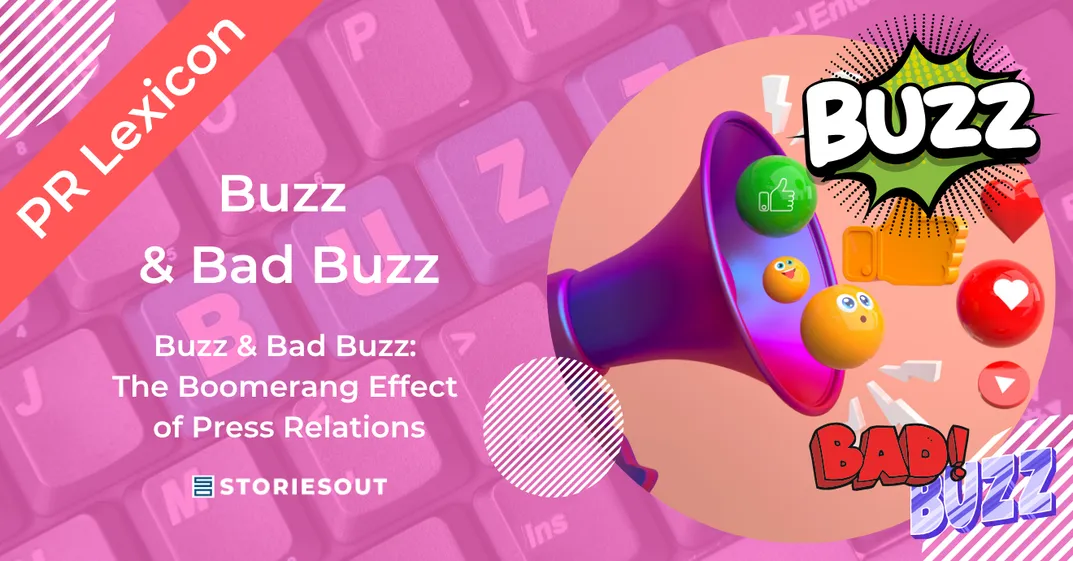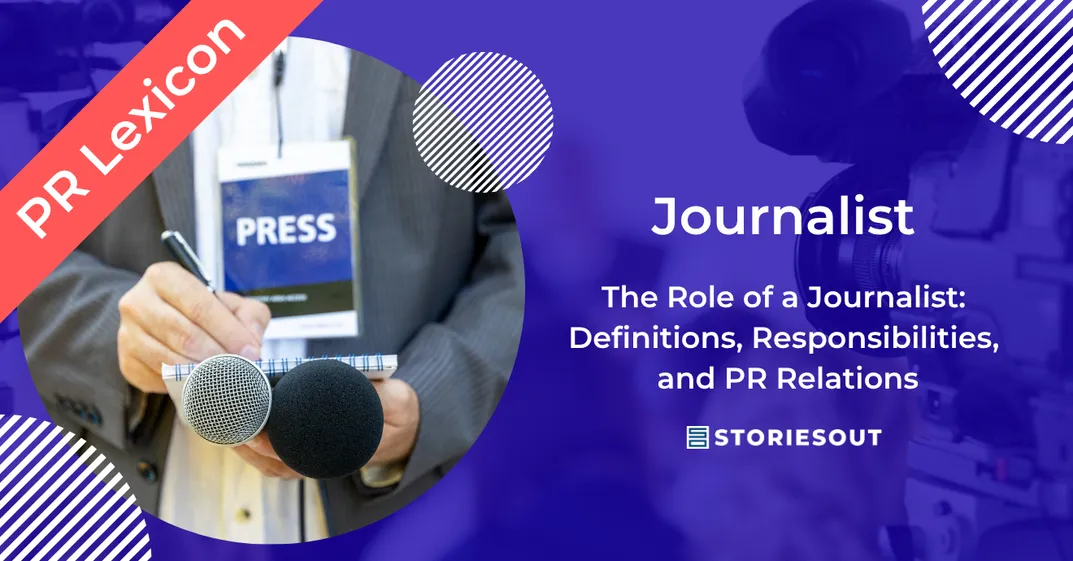Introduction
The maritime metaphor is no accident. Like a tide that rises suddenly and submerges everything in its path, an editorial surge refers to an intense and often unpredictable media phenomenon. For PR professionals, it presents a double challenge: knowing when and how to step in – and avoiding the pitfalls of overcommunication. This article offers a detailed breakdown of the concept and the strategies to adopt.
I. What Is an Editorial Surge?
Definition
An editorial surge is a massive, sudden, and usually temporary influx of media coverage on a single topic. It can relate to politics, current events, societal issues, culture, or technology.
Characteristics
High intensity over short time: the momentum builds quickly and fades within days.
Media saturation: multiple outlets cover the same subject simultaneously.
Angle convergence: analyses, op-eds, and reports begin to resemble one another.
Competitive pressure: every outlet wants to be first or most visible.
Origin of the term
The phrase draws from natural phenomena: the tide rises, floods, and recedes. It reflects the public’s struggle to distinguish signal from noise amid the flood.
II. Recent Examples of Editorial Surges
Death of Queen Elizabeth II (September 2022): A tsunami of historical, diplomatic, and family-oriented content. Media worldwide put their usual programming on hold.
Sources: BBC, The Guardian, Le Figaro, El País.
Generative AI and ChatGPT (Late 2022 – 2023): A wave of articles on AI’s impact on education, jobs, and creativity. A long-lasting and evolving surge.
Sources: The Verge, Wired, Les Echos, Courrier International.
#MeToo (2017–2019): A global editorial surge of unprecedented scale, reshaping how media engage with social justice movements.
III. Critical Analysis of an Editorial Surge
A Mirror of Societal Tensions
An editorial surge acts as an amplifier, reflecting a society’s emotional state in real time. These topics are rarely neutral—they often carry symbolic weight (justice, fear, mourning, social injustice, disruptive technology). In this sense, the surge reveals latent collective anxieties.
A Pack Mentality?
The biggest risk is conformism. In a race for audience share and speed, many newsrooms align with the dominant angle, repeating facts and quotes, leaving little room for independent investigation. The result? Homogenized discourse and sidelined dissenting voices. Media diversity suffers.
What Depth Remains?
Surges often trigger a cascade of real-time content but very few in-depth pieces. Speed trumps substance, and attention capture outweighs thoughtful analysis. Secondary sources are quoted without verification, and stories are exhausted in days—even when their impacts last for years.
The Reader’s Burden
For readers, the effects are far from trivial: information fatigue, loss of trust, déjà-vu, or even cognitive overload. When too much content competes for attention, prioritization becomes nearly impossible. Confusion reigns over clarity.
Visibility Bias and Programmed Forgetting
When the spotlight shines intensely on one topic, others – often just as critical but less dramatic—are left in the shadows. One surge replaces another, and with it, public focus shifts. The collective memory becomes fragmented, shaped more by urgency than continuity.
These dynamics must be understood when planning a media strategy that involves riding an editorial wave. It’s a common consideration within top 10 PR agencies, where such media operations are built with precision.
IV. Editorial Surges & PR: Opportunity or Trap?
How to Ride the Wave Smartly
- Offer a fresh angle: bring in new insights, verified data, or rare expertise.
- Be responsive but measured: send journalists a concise pitch explaining why your spokesperson matters now.
- Use the right formats: short quotes, op-eds, or press-ready talking points.
What to Avoid at All Costs in an editorial surge?
- Ill-placed opportunism: don’t shoehorn your brand into a topic unrelated to your mission.
- Insensitive self-promotion: on tragic or sensitive issues (e.g. violence, disasters), any commercial angle is off-limits.
- Overloading journalists: during a surge, newsrooms are overwhelmed. One targeted contact is worth more than 50 generic follow-ups.
Conclusion
An editorial surge reveals a society’s priorities and vulnerabilities. For communicators, it is neither a tsunami to flee nor a wave to chase blindly. Instead, it’s a phenomenon to observe with care, understand in motion, and approach with ethics and added value.
Because in a surge, what truly matters is knowing when to swim against the current – and why.




